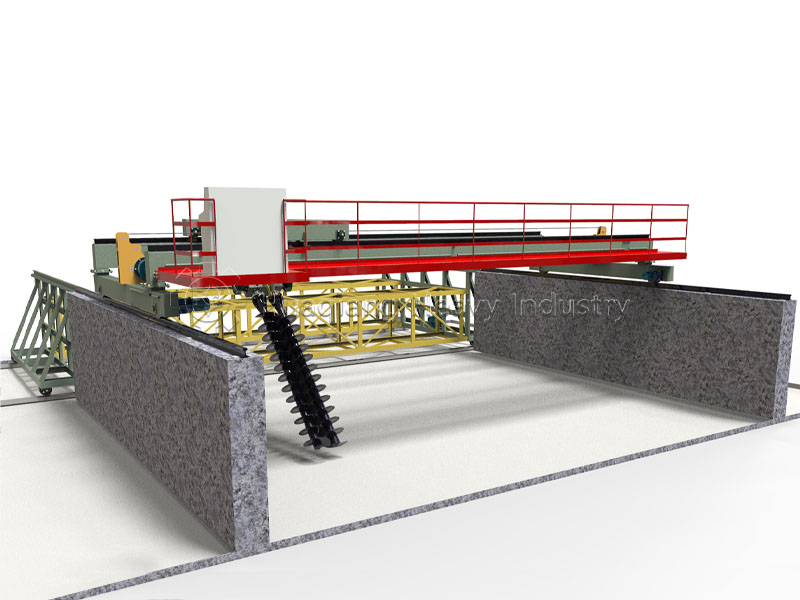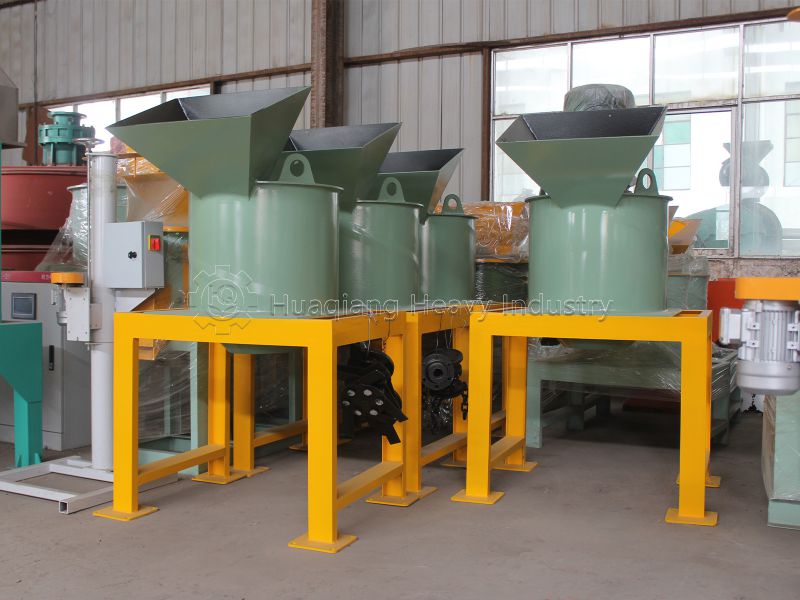Rotary drum granulators optimize the nutrient content and application experience of organic fertilizer granules
The core value of organic fertilizer lies in nutrient supply and convenient application, and granule shape directly impacts these two properties. Insufficient nutrient retention reduces fertilizer efficiency, while uneven granules increase the difficulty of field application. By optimizing process details, rotary drum granulators can reduce nutrient loss during the granulation process while creating granule shapes that meet field needs.
In terms of nutrient retention, the rotary drum granulator’s low-temperature granulation is particularly advantageous. Relying on physical tumbling to form granules, the granulator eliminates the need for high pressure and maintains an internal temperature below 35°C, maximizing the retention of active ingredients in the raw materials. Its nutrient retention rate is 5%-8% higher than that of traditional equipment.

In terms of granule application experience, granules produced by rotary drum granulators better meet field needs. On the one hand, the equipment can produce uniform granules with a diameter of 2-5mm by adjusting the drum speed and die aperture, making it easier for farmers to apply fertilizers using seed drills and reducing the unevenness of manual spreading. On the other hand, the moderate hardness of the granules (compressive strength of 10-15N) prevents them from breaking down during transportation and slowly disintegrates in the soil, achieving “slow-release fertilizer supply” and avoiding the root burn caused by concentrated nutrient release.
For organic fertilizer companies pursuing “high quality and low price,” the high-nutrient, easy-to-apply granules produced by the rotary drum granulator can significantly enhance their product’s market competitiveness.








